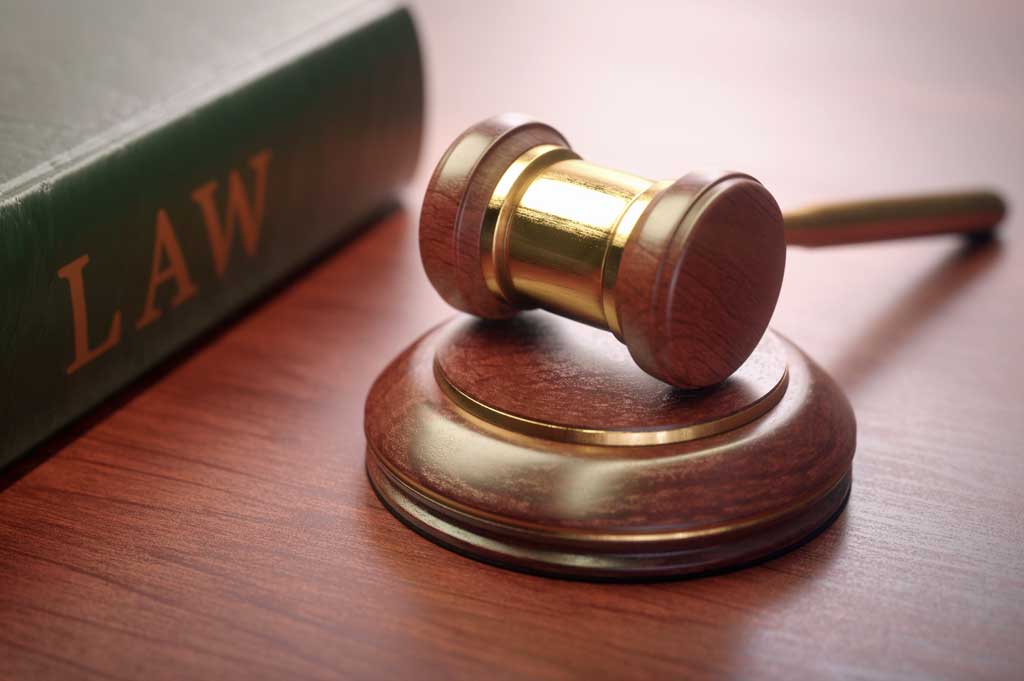It’s time for the Fed to be made accountable for its actions
The U.S. Constitution assigns responsibility for the nature of money to the Congress. As Article I, Section 8 famously says, “Congress shall have Power…To coin Money [and] regulate the Value thereof.”
How can this be consistent with the idea that the Federal Reserve should be “independent,” as it is so often proclaimed, especially by the Fed itself? The answer is that it is not consistent.
Last week, the House Financial Services Committee approved the Federal Reserve Reform Act of 2018, H.R. 6741, which was sponsored by Rep. Andy Barr (R-Ky.), the chairman of the Subcommittee on Monetary Policy and Trade. The full committee passed the bill 30-21, with the vote along party lines.
This is an important effort to move toward the proper constitutional ordering of authority over money and regulating the value thereof, which we now call “monetary policy,” whatever the future of the bill may be.
Who should be in charge of money and its value? The Fed all by itself or the Fed as accountable to Congress? Almost all of the very many economists I know think that the Fed, a very large employer of economists, should be independent.
But that cannot be the right answer in a government whose essential character requires robust checks and balances.
I believe proponents of Fed independence tend to view it as a committee of economic philosopher-kings. But this fits neither its existence as part of a democratic government, nor the inherent uncertainties and limitations of its knowledge of the economic present, let alone the future.
Section 2 of the bill, Monetary Policy Transparency and Accountability, requires the Fed to discuss with Congress what the Fed is trying to do, in some specificity and in plain English, as distinct from “Fedspeak.”
The Fed would be required to discuss what its monetary strategy for each coming year is, how it plans to use the various instruments at its disposal, what monetary policy rules it has adopted and how these might change.
After the fact, it must discuss how the monetary strategy did change, if it did. This seems a pretty reasonable discussion for the Fed to have with the elected representatives of the people, who have the constitutional responsibility for the value of money.
Section 11 C (b) contains a nice definition of what money should mean in the pure fiat currency system we now have:
A generally acceptable medium of exchange that supports the productive employment of economic resources by reliably serving as both a unit of account and store of value.
This is what the bill instructs the Fed to produce. It is in notable contrast to the endemic inflation the Fed has presided over for the last several decades, which has resulted in a dollar today being worth what a dime was in 1950.
In the bill as originally proposed, a Section 12 would have changed the Fed’s so-called “dual mandate” of “maximum employment [and] stable prices” to simply “stable prices.” This vividly contrasts with the current Fed’s formal commitment to perpetual inflation. This provision did not make it into the committee’s approval, but is such an important idea that it deserves discussion.
The “dual mandate” was enacted in the 1970s, when people believed in the Phillips Curve theory that you would increase employment by running up inflation.
If it were up to me, on the next opportunity, I would write this new mandate somewhat differently, along these lines: “All Federal Reserve strategies are to be consistent with stable prices on average over the long run.”
This is because in an innovative, free-market economy with sound money, prices will rise sometimes and sometimes fall, but have a basically flat trend over the long run. It must not be forgotten that the Fed’s original 1913 mandate, “to furnish an elastic currency” to finance crises, is still there.
Section 3 (a) of the bill, “Returning to a Monetary Policy Balance Sheet,” would require the Fed’s investment portfolio to be essentially held in Treasury securities (with a few exceptions for gold certificates, foreign central bank obligations or the International Monetary Fund).
The real point is to take the Fed out of being a massive investor in real estate mortgage securities, thus out of being a promoter of house price inflation and out of effectively being a giant savings and loan vehicle. The Fed would have to give all non-qualifying investments to the U.S. Treasury in exchange for Treasury securities.
This is not as strict as the “Bills Only” policy adopted by the Fed under Chairman William McChesney Martin in the 1950s, but reflects similar ideas. Martin’s policy required that all Fed investments be in short-term Treasury bills.
To show how much things can change, the Fed for the last several years owned zero Treasury bills, and today, bills represent about 2 percent of its assets.
The Federal Reserve has grown over time to be an institution that combines immense power with a yearning for “independence.” Rep. Barr is right that, faced with this behemoth, the Congress should be improving its oversight and exercising its duty to define money and regulate its value.







